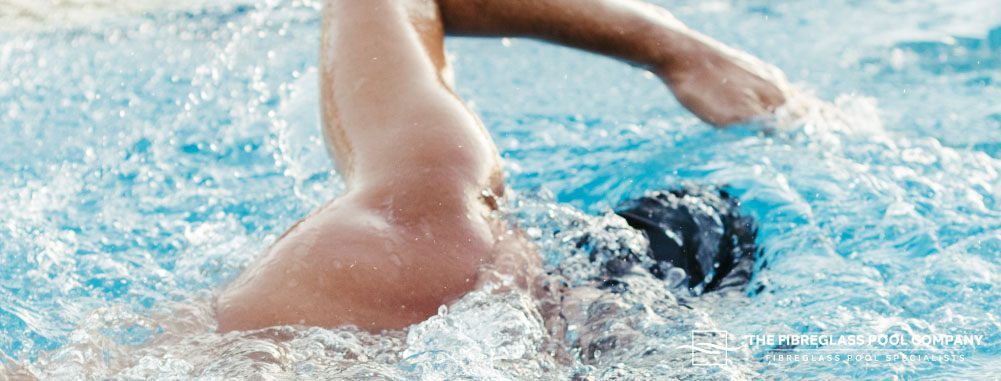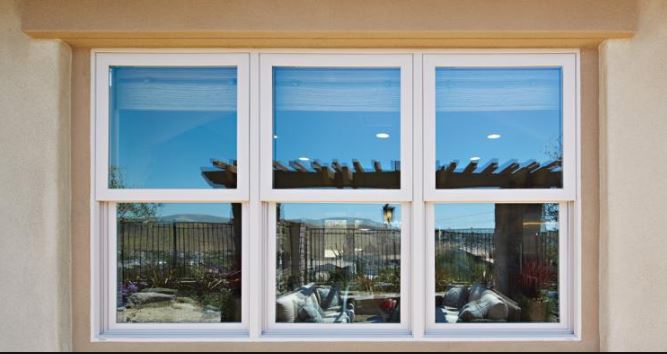Pool Landscape Lighting – How to Avoid Light Pollution

Pool landscape lighting can add a beautiful and functional element to your outdoor space, but it’s important to be mindful of the potential for light pollution. Light pollution is excessive or misdirected artificial light that can have negative impacts on both the environment and human well-being. In this guide, we will explore ways to avoid light pollution while still highlighting the best features of your pool landscape.
Choose the right type of light fixtures
Here are a few tips that will help you buy the right type of light fixtures:
- Use low-voltage or LED lights. These are the two most efficient types of fixtures available, so they’re great for your pool.
- Direct light down toward your pool so it doesn’t shine on other areas of your yard or home when you want to keep things private.
- Use timers and dimmers with all new fixtures. This way, you can control just how intense the light is without having to manually adjust each fixture individually.
Position lights strategically
To ensure that your lights are positioned in a way to avoid light pollution and glare, you should use a light meter to measure light intensity. It will also help you position lights at consistent heights above the ground. Make sure that you keep lights away from windows and doors. Avoid placing them in front of trees or other objects that will block the light.
Use timers and dimmers
If you want to control the intensity of light, use dimmers. Dimmers allow you to adjust how much light is emitted from a fixture.
If you want your lighting system to run on its own schedule, use timers instead. Timers are like switches. They allow you to turn lights on and off automatically at certain times (e.g., when it gets dark outside).
Incorporate natural light sources
By using natural light sources like the moon and stars to illuminate your pool landscape, you can reduce the need for artificial light and minimize the impact on the environment. This can be achieved through the use of strategically placed skylights or by designing the landscape to take advantage of natural light sources like the sun and moon.
For example, you can use trees and bushes to block unwanted light. You can also use reflective surfaces like water or light-coloured pavers to bounce light back into the area. Additionally, by using motion sensors or timers to turn off or dim the lights when they are not needed, you can further reduce the impact of light pollution on the environment.
Use shielded light fixtures
Shielded light fixtures have a lens that directs the light downwards. This makes them more energy efficient than non-shielded models and can reduce glare and light pollution. You can choose from a wide variety of sizes and shapes, as well as different colours to match your decorating style or landscape theme.
Use low-voltage or LED lights
When it comes to lighting, the most important thing to consider is the type of light that you’re using. One way to reduce light pollution and save money on your electricity bill is by using low-voltage or LED lights. These types of lights are more energy-efficient than regular incandescent bulbs because they use less electricity and last longer. So they make a good investment when you need them most. In addition, these types of bulbs can be dimmed down even further if needed—something that wasn’t possible with traditional incandescent bulbs before LEDs came along.
Another great thing about LEDs is that they’re able to be used in combination with other kinds of lighting such as fluorescent tubes or halogens.
Plant trees and shrubs to block light pollution
The best way to avoid light pollution is by planting trees and shrubs that block the sky. By planting a tree or shrub, you can help reduce the amount of light that enters your pool area. Trees have been shown to have a positive impact on both energy consumption and carbon emissions in most cases, so it’s worth considering whether or not you should plant one.
- Planting a tree will reduce its ability to absorb daylight and therefore reduces the amount of heat entering your pool area.
- Planting more than one type of plant will allow them all access to sunlight at different times during the day. This means they are able to grow faster than if they relied solely on natural sunlight sources.
Create a lighting plan and test it before installation
If you’re planning to install a pool and want to avoid light pollution, it’s important that you create a lighting plan. This can be done by taking into account how long the lights will be on at night, what angle they’ll be lit from, and how many hours of darkness there will be. You’ll also need to consider other factors, such as whether or not people will see them. If so, then maybe don’t use lamps with too much wattage; if not, then go for something less intense than what’s recommended by manufacturers.
Once all these details have been figured out and tested thoroughly (with help from an engineer), installation can begin.
Regularly maintain and clean light fixtures to ensure optimal performance
There are a few things you can do to maintain your pool lights. The most important is to regularly clean the glass, lens, bulb and timer with warm soapy water. Once a month or so, check for any loose parts or corrosion on the fixture itself. You should also make sure that there’s no water damage in your pool area by checking for leaks around faucets or pipes.
Conclusion
Pool landscape lighting can add a beautiful and functional element to your outdoor space, but it’s important to be mindful of the potential for light pollution. By taking steps to minimize the impact of artificial light on the environment and human well-being, you can create a stunning outdoor environment that is also considerate of the surrounding area. This way, you can enjoy your pool landscape and help to protect the environment at the same time.


:strip_icc()/BEHR_25.03_COLORTRENDS_TC_LIV_101c-38834c32890e4cae975ce7030623f632.jpg)

